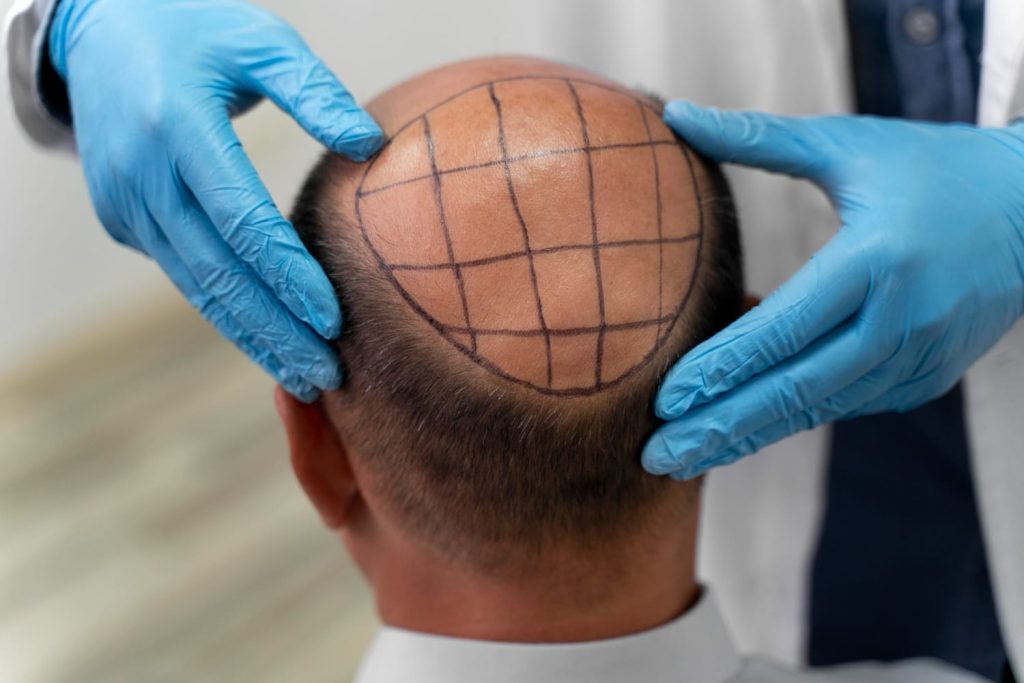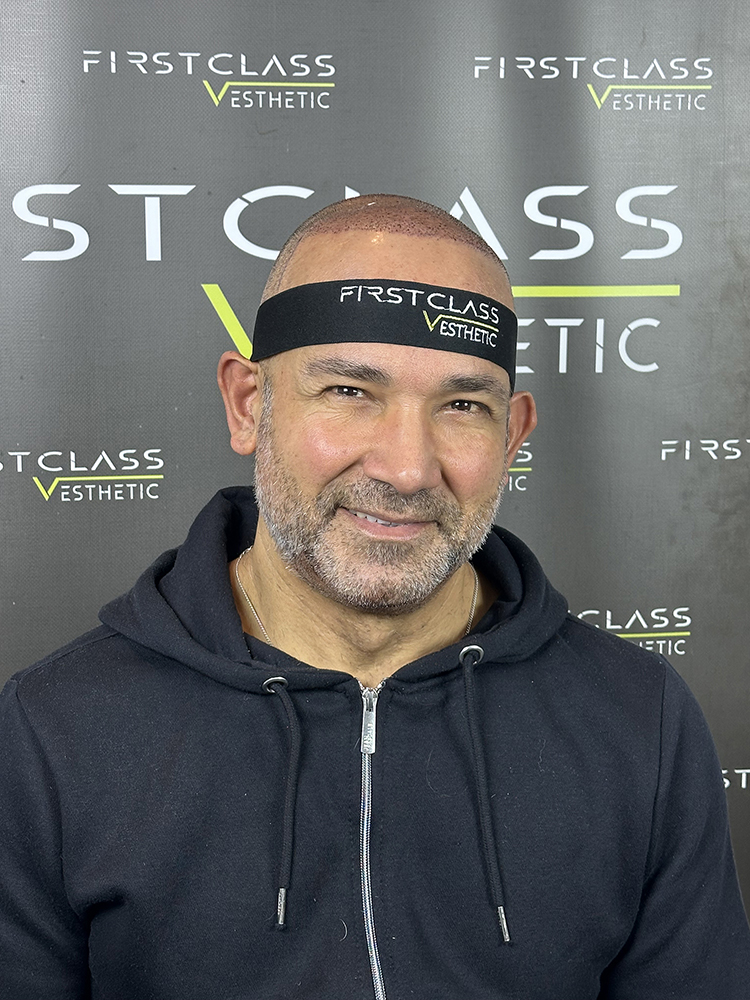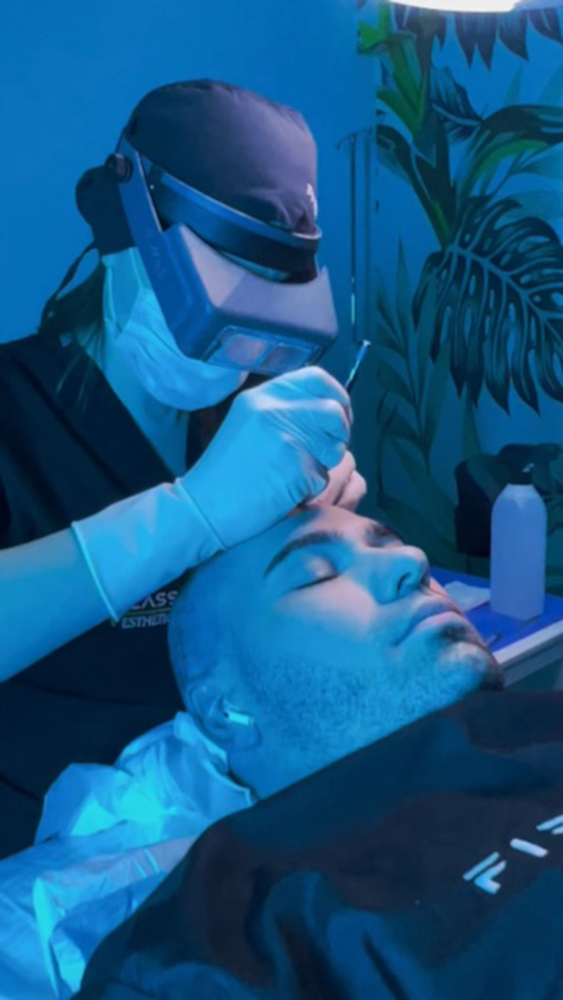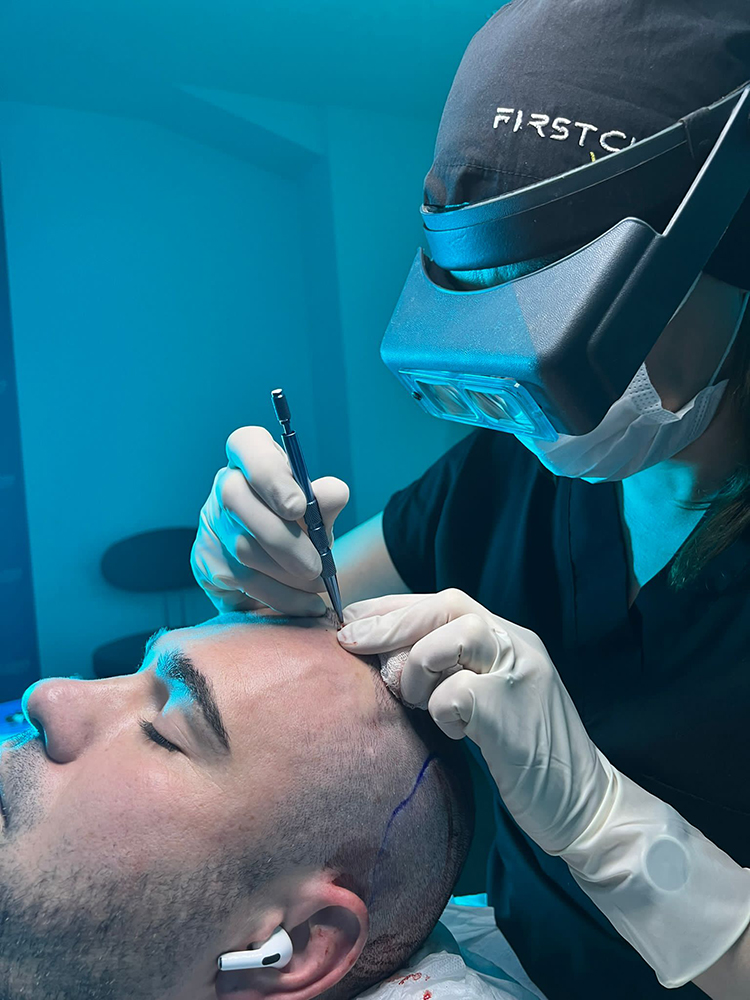Hair loss is a significant problem affecting self-confidence for both men and women. Today, hair transplantation offers an effective solution. However, the most pressing question on many people’s minds is: Does a hair transplant provide a natural look? To understand this, it’s necessary to closely examine the hair transplant process, the techniques used, and the criteria for success.
What is Hair Transplantation and How is it Done?
Hair transplantation is a surgical procedure performed on individuals experiencing hair loss due to genetic, hormonal, or environmental factors. In this procedure, healthy hair follicles, usually taken from the back of the head (donor area), are transplanted to balding or thinning areas. The main techniques used are:
• FUE (Follicular Unit Extraction): Hair follicles are extracted individually and transplanted at natural angles. This method is popular for its minimal scarring and natural results.
• DHI (Direct Hair Implantation): Hair follicles are transplanted directly into the target area using a special pen. It provides a denser appearance.
• FUT (Follicular Unit Transplantation): This is an older method that is less popular but can be effective in larger areas.
• FUE (Follicular Unit Extraction): Hair follicles are extracted individually and transplanted at natural angles. This method is popular for its minimal scarring and natural results.
• DHI (Direct Hair Implantation): Hair follicles are transplanted directly into the target area using a special pen. It provides a denser appearance.
• FUT (Follicular Unit Transplantation): This is an older method that is less popular but can be effective in larger areas.
What to Consider for a Natural Look?
The natural appearance of a hair transplant depends on the procedure being performed by a team of experts using the correct techniques. Factors affecting naturalness can be listed as follows:
1. Hairline Design: The hairline should be planned according to the individual’s facial features, age, and natural hair structure.
2. Angles and Direction: Placing the hair follicles at the correct angle and direction during transplantation is key to a natural look.
3. Donor Area Health: Collecting sufficient, high-quality hair follicles increases the success rate.
4. Post-Transplant Care: Post-operative care and recovery process affect the natural appearance of the results.
1. Hairline Design: The hairline should be planned according to the individual’s facial features, age, and natural hair structure.
2. Angles and Direction: Placing the hair follicles at the correct angle and direction during transplantation is key to a natural look.
3. Donor Area Health: Collecting sufficient, high-quality hair follicles increases the success rate.
4. Post-Transplant Care: Post-operative care and recovery process affect the natural appearance of the results.
Success Rate and Results of Hair Transplantation
With advancements in technology, the success rate of hair transplants is quite high. FUE and DHI techniques, in particular, offer personalized solutions and achieve a natural look. It typically takes 6-12 months to see results from a hair transplant. During this period, the transplanted hair will fall out and grow back, becoming permanently established.
Advantages of Hair Transplantation
• Natural Appearance: With the right procedure, transplanted hair is indistinguishable from natural hair.
• Increased Self-Confidence: Hair regrowth helps a person feel better about themselves.
• Permanent Solution: Hair transplantation offers a permanent solution to hair loss.
• Increased Self-Confidence: Hair regrowth helps a person feel better about themselves.
• Permanent Solution: Hair transplantation offers a permanent solution to hair loss.
Hair transplantation can achieve a remarkably natural appearance when performed with the right techniques and expert hands. However, choosing a reliable clinic and following post-procedure instructions are crucial for a successful outcome. If you’re struggling with hair loss, a hair transplant may be the ideal solution for you.
Remember, to achieve a natural-looking result, it’s crucial to receive a detailed consultation before the procedure and work with an expert team.












